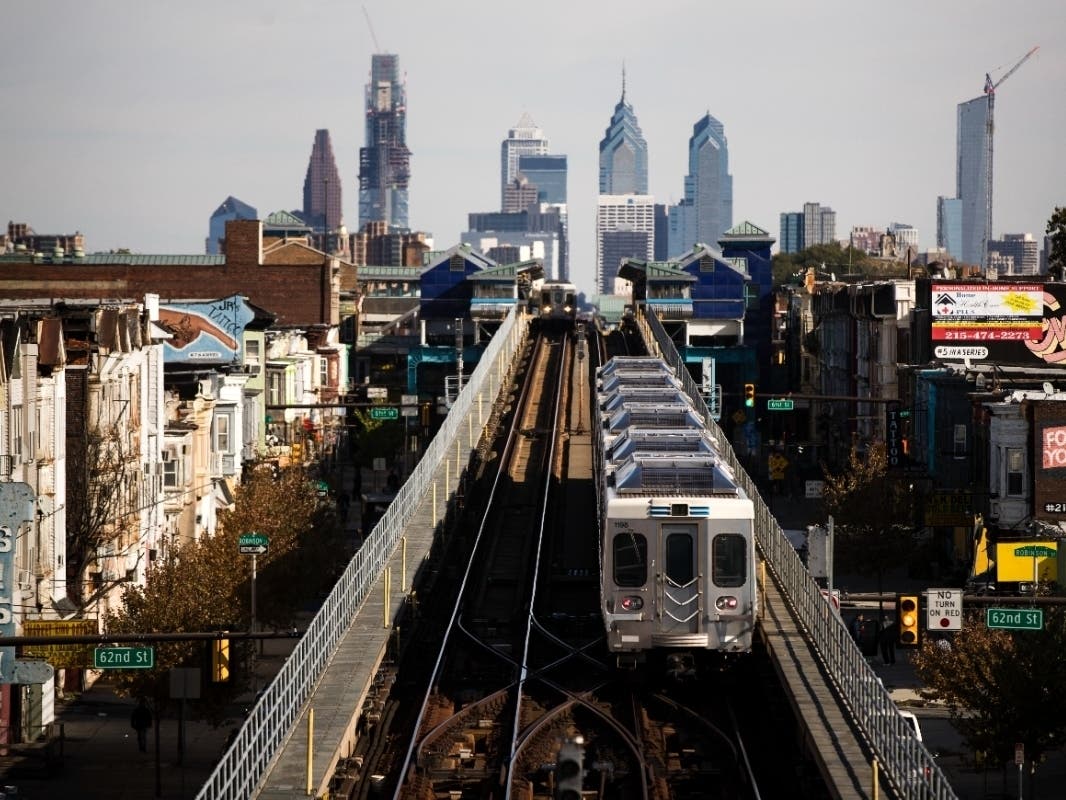LOWER MERION-NARBERTH, PA — After lawmakers in Harrisburg failed to secure funding for SEPTA and ushered in the transit authority’s “doomsday” scenario, nearly three dozen bus routes will be cut this weekend, in addition to other service reductions.
SEPTA is cutting, reducing, or shortening bus and Regional Rail routes Sunday and Monday as a result of the lack of funding and its $213 million budget shortfall.
So how will this affect Lower Merion Township and Narberth Borough SEPTA bus riders?
Regional Rail
SEPTA riders are urged to carefully plan their trips and allow for extra travel time due to the service changes. The transit authority said riders should use its trip planner function or the official app when traveling via SEPTA.
A 21.5 percent fare increase will be implemented on Sept. 1, as will a complete hiring freeze for all SEPTA jobs.
Should SEPTA still remain in the red, more austerity measures will be implemented Jan. 1, 2026.
There will be a significant reduction in trips on all rail services, an end to all special service including the Sports Express, 18 additional bus route eliminations, and a 9 p.m. curfew for all rail services.
The cutbacks will include the elimination of the Cynwyd, Chestnut Hill West, Paoli/Thorndale, Trenton, and Wilmington/Newark Regional Rail lines.
Riders can see full details of the service reductions online here.
The impact of the service cuts will be felt throughout the city and region, as reliable options for everyday travel to school and work are greatly diminished, SEPTA officials said.
The first round of cuts will begin the day before the students in the School District of Philadelphia arrive for the 2025-26 academic year on Aug. 25. Roughly 49,000 of them use SEPTA to get to and from school.
Additional cuts are possible in subsequent years, officials have said.
Efforts to stave off the funding crisis led SEPTA to take on aggressive austerity measures, including a freeze on management pay and cuts to third-party consultants, have resulted in savings of $30 million. Other measures, including a 7.5 percent fare increase and the resumption of paid parking at Regional Rail lots, are generating new revenue.

